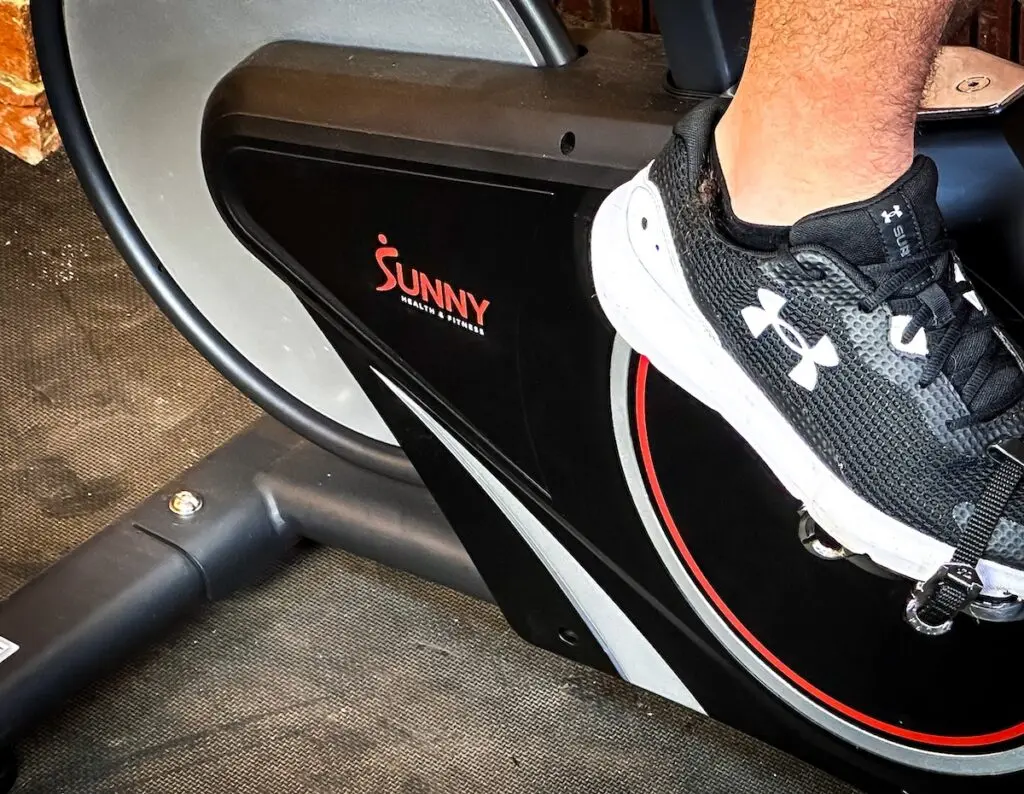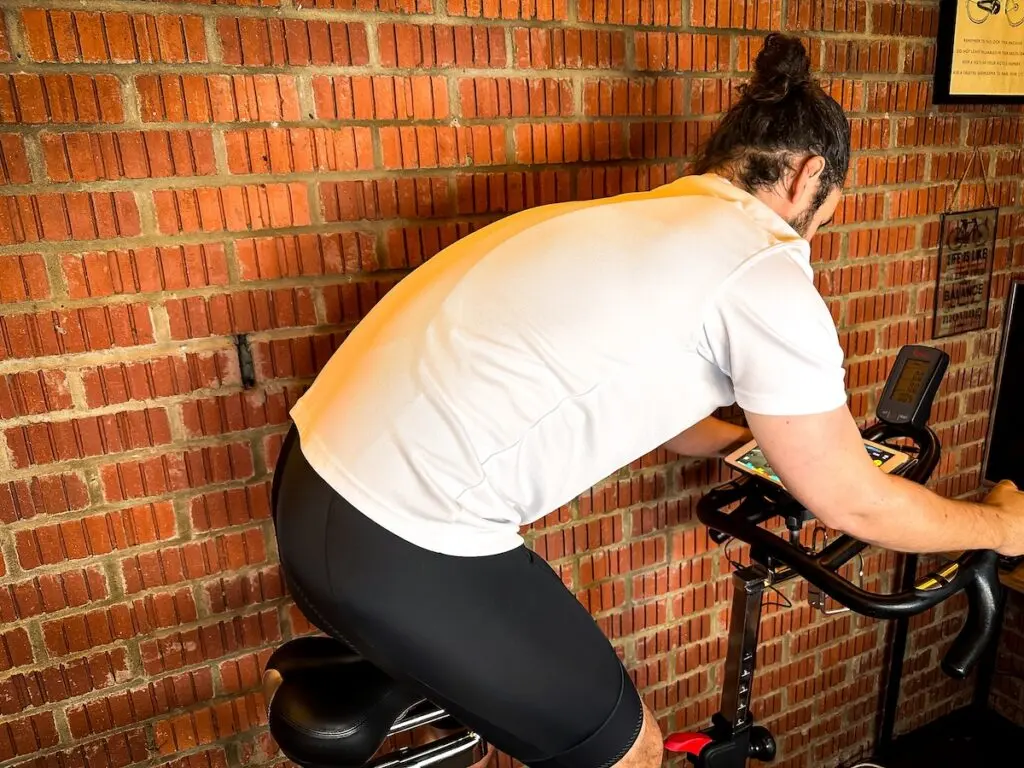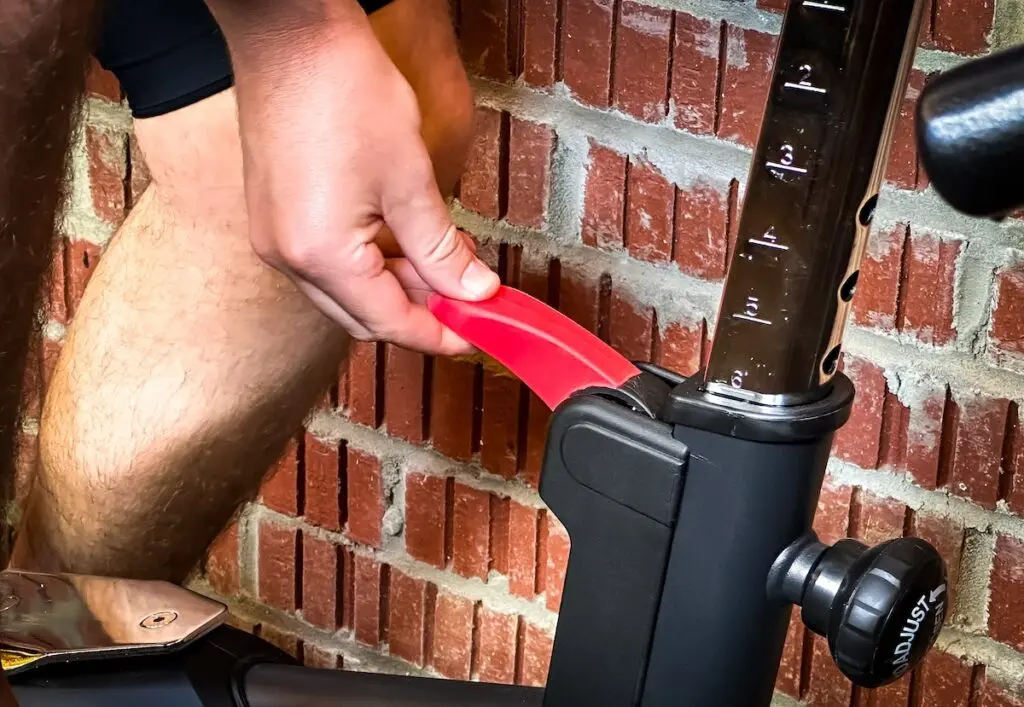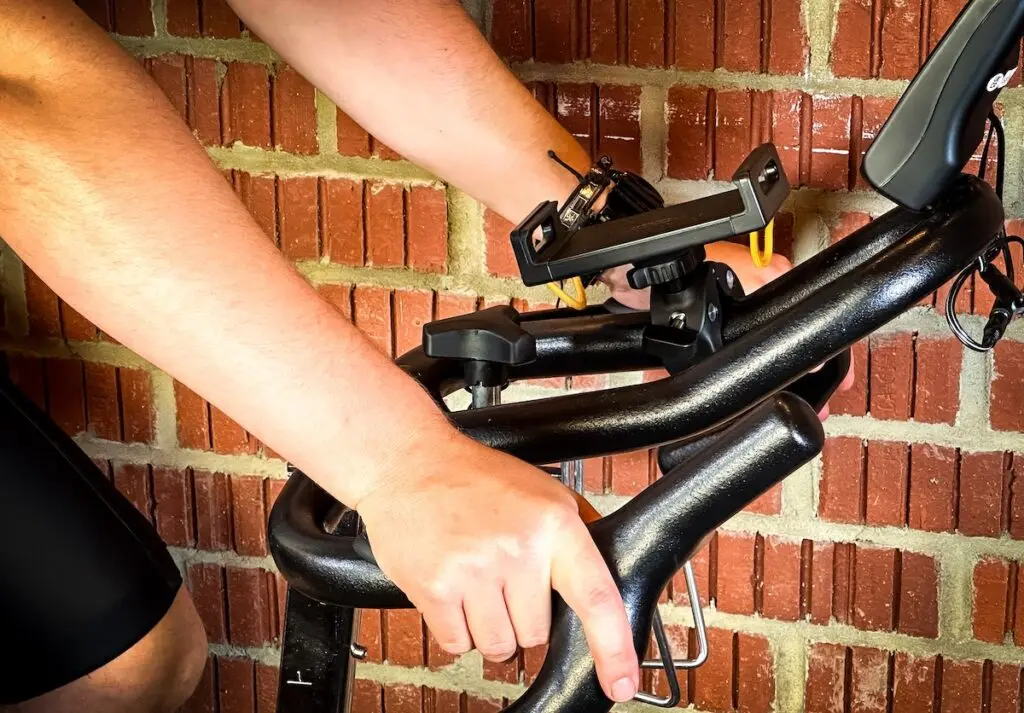Indoor cycling is an amazing way to stay fit, but nobody wants to get injured. Injuries can really put a stop to your progress, cause pain, and make the whole experience less enjoyable. That’s why I always take every precaution to avoid them—so I can keep riding comfortably and keep improving.
What many people don’t realize is that most indoor cycling injuries are completely preventable. In this article, I’ll go over the most common injuries, how to avoid them, and what to do if you do get hurt. Here's what I'll be covering:
- **Common Indoor Cycling Injuries**
- **How to Prevent Indoor Cycling Injuries**
- **What to Do When You Get an Indoor Cycling Injury**

### Common Indoor Cycling Injuries
If you're not careful, indoor cycling can lead to several common injuries. Here are the most frequent ones:
| Injury Type | Description |
|------------------|-------------|
| **Knee Pain** | Often caused by improper cadence, incorrect bike setup, or overuse. |
| **Back Pain** | Usually lower back pain from a poorly adjusted handlebar or seat. |
| **Saddle Sore** | Caused by an uncomfortable seat, improper positioning, or long rides. |
| **Pulled Muscles** | Can happen if you don't warm up properly or push too hard too soon. |
| **Numbness** | Often due to poor blood circulation or an improperly set-up bike. |

### How to Prevent Indoor Cycling Injuries
Preventing injuries isn’t about doing just one thing—it’s about being consistent with multiple practices. Here are some key tips:
#### 1. **Get Your Bike Set Up Correctly**
A properly set-up bike is essential for comfort and injury prevention. It can reduce strain on your knees, back, and hands. If you're unsure, consider consulting a bike fitter or watching a tutorial online. Once it's set up, your body will adjust over time.
#### 2. **Always Warm Up and Cool Down**
Skipping these steps is a big mistake. A proper warm-up prepares your muscles for exercise, while a cool-down helps flush out lactic acid and prevents stiffness. Both are crucial for injury prevention.
#### 3. **Use Proper Form**
Even small mistakes in form can lead to major issues. Focus on smooth pedal strokes, keeping your knees aligned, and avoiding sudden, jerky movements. Remember, it's about power throughout the full rotation—not just pushing down.
#### 4. **Wear the Right Clothing**
Incorrect clothing can be dangerous. Avoid loose laces, ill-fitting shoes, or heavy clothing that restricts movement or causes overheating. Padded shorts are especially helpful for longer sessions.
#### 5. **Avoid Fancy Moves**
Many people think they need to jump around or do complicated moves, but that’s not necessary. Stick to basic techniques like sitting, standing, and sprinting. Simplicity reduces the risk of injury.
#### 6. **Progress Gradually**
Don’t rush into intense workouts too quickly. Your body needs time to adapt. Start slow and increase intensity and duration gradually to avoid overtraining and injury.
#### 7. **Rest and Recover**
It might be tempting to ride every day, but rest is just as important as training. Overtraining leads to burnout and injury. Take at least one or two days off per week, and focus on recovery through good nutrition and sleep.

### What to Do When You Get an Indoor Cycling Injury
Even with all the precautions, accidents can still happen. If you do get injured, here’s how to handle it:
#### Step 1: Rest
Stop riding immediately and give your body time to heal. Avoid any activity that could worsen the injury.
#### Step 2: Assess the Injury
Try to understand what’s wrong. A minor strain might heal in a few days, but more serious injuries like ligament damage may require professional help.
#### Step 3: Seek Medical Advice
If you’re unsure, consult a doctor or physical therapist. They can provide an accurate diagnosis and treatment plan.
#### Step 4: Develop a Recovery Plan
Depending on the injury, you may need to take time off, do specific stretches, or incorporate strength training into your routine to rebuild.
#### Step 5: Prevent Future Injuries
Once you're back on the bike, take steps to avoid re-injury. This could include stretching regularly, adjusting your bike setup, or cross-training with other low-impact exercises.

### A Final Note
Injuries can be frustrating and painful, but they don’t have to be part of your indoor cycling journey. By following these tips, you can enjoy your rides safely and consistently. Stay smart, stay safe, and keep pedaling!
Inflatable Camping Tent For Family
Canway
inflatable camping tents are suitable for family outdoor activities. These
tents are made of high-quality materials that can withstand the sun, rain and
snow. Their inflatable frames allow the setup and dismantle to be finished
within seconds with an air pump. Lightweight materials make them quite easy for
transportation and storage, which is necessary for those areas where weather
changes rapidly. Except the sturdy frames, water bags can be added to increase
the tent stability. Mesh windows and vents can allow the fresh air into the
tents while they can also prevent the flying insects inside when campers are
sleeping.
We have a wide selection of shapes, colors, and sizes for the inflatable
camping tents. Some of them are large enough to comfortably accommodate the
family with multiple rooms or dividers for privacy. They can be used as a
temporary shelter when air beds are put inside. Some are just for one or two
persons camping activities. Canway can offer customized service if needed.
Inflatable Camping Tent For Family,Windproof Outdoor Tents,Family Camping Tents,House-Type Family Camping Tents
Yangzhou Canway Outdoor Equipment Co.,Ltd , https://www.yzcanway.com
![<?echo $_SERVER['SERVER_NAME'];?>](/template/twentyseventeen/skin/images/header.jpg)